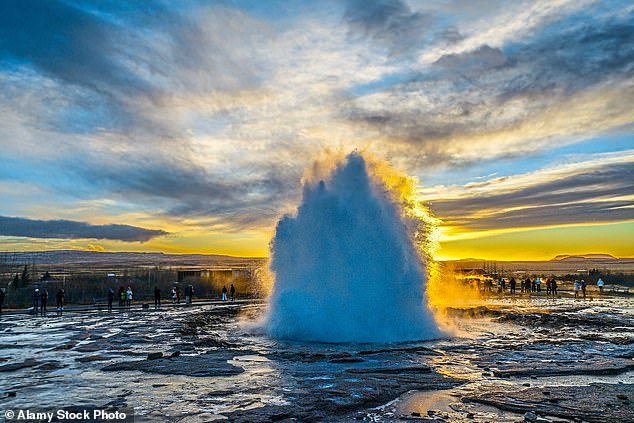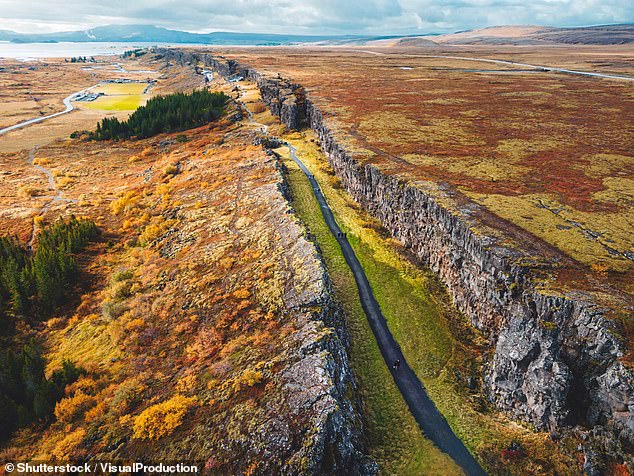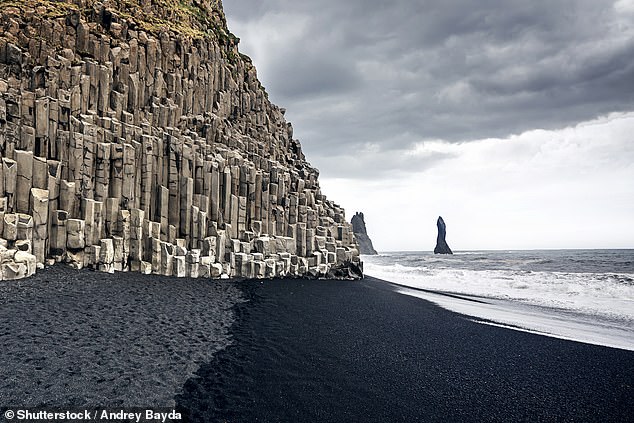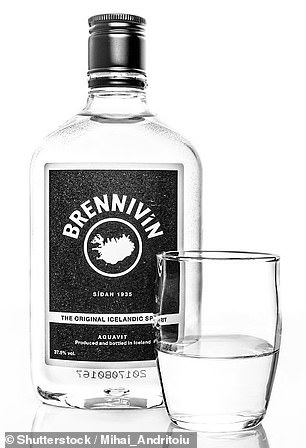Diamond geysers, burping mudpools and steaming lakes are thrilling sights to behold on this New Scientist tour of Iceland
>
We are in the middle of a vast plain of jagged gray-green lava rocks, standing above mile-long gashes in the Earth’s crust, where two continents – Europe and America – are slowly being torn apart.
Next to the oldest parliament in the world, which dates back to 930, I listen to the story of the witches being boiled.
If this sounds exaggerated, that’s because it is. This is Thingvellir, a massive natural amphitheater filled with grumbling volcanoes, belching mud pools and evaporating lakes (hence the witches), in the far southwest of Iceland, about an hour from the capital, Reykjavik.
I am in a special case New Scientist Tour From the geology, history and ecology of this unique island, I already know that everything in Iceland comes with a dash of glowering awe – and that includes the price of alcohol (best tip: buy your alcohol from the government without licenses).
From Thingvellir we head to Geysir. This is the original ‘hot spring’, although it is Geysir’s sister, Strokkur, that is sending tourists into raptures these days. Every ten minutes or so, it erupts in geysers of hot steam and liquid.

Blow Out: Sean joins a special New Scientist tour showcasing Iceland’s geology, history and unique environment. Stops on his tour include a visit to Geysir Spring (pictured)
It shouldn’t be as fun as it is. Sometimes Strokkur makes you wait a few extra minutes, which leads to increased tension. Then: Whoo! Sometimes, as if for a change, it has a powerful movement and makes two jets ten meters high in a few seconds, drowning the unwary.
Every time Strokkur does his funny stunt, the audience erupts in happy laughter – and then we all walk to the modern, airy café for a much-needed refreshment. Try the thyme-infused lamb stew, perhaps with a well-chilled Einstok Arctic Pale Ale.
From here we drive to an elegant four-star hotel in the small village of Vik on the south coast. We get a lecture on magma as well as some delicious cod, plus a drunkard’s cake with red raspberry sauce, and a precious chance to see the ethereal green curtains of the northern lights – best viewed from the beautiful hilltop church.

At the top is Þingvellir, a “huge natural amphitheater filled with growling volcanoes, belching mud pools and evaporating lakes” in far southwestern Iceland.
Be sure to bring a warm hat, warm gloves, and a specialized phone app for observing the northern light, such as My Aurora Forecast. Bring a lot of patience too.
The next day, we headed inland on an Icelandic Super Jeep past sour farmland, geothermal power stations and a wonderfully bizarre museum-like lava centre, featuring ‘seismic corridors’ and powerful 3D models of ‘mantle plumes’.
We also take into account Iceland’s evocative and blood-soaked history. For example, the old Hovskirkia Church with its grass roof, creepy cemetery, pagan foundations and stone altar.

Sean (not pictured) describes Vatnajökull Ice Cave, located on Europe’s largest glacier, as a “marvel”.
Then we get beautifully lost in the central wilderness dotted with cataracts and stunted glaciers. While we take in the grandeur of the place, we drink the fragrant local liqueur, called brinevin, to wash down bits of fermented shark meat known as hakarl. Nice schnapps…
After that, the days turn into a wonderful whirlwind of terrifying and frightening wonders.
First comes Reynisfára, a world of towering dark sea stacks, elegant expanses of coal-black sand and hexagonal terraces of basalt cliffs. It’s as if the devil redesigned Ibiza.

Above is a harbor seal in the Jökulsárlón glacial lake, a place that is “particularly stunning” at twilight

Sean explores Reynisfjara Beach (above), a world of towering dark sea stacks, elegant expanses of coal-black sand and hexagonal terraces of basalt cliffs

Pictured above is a bottle of Brennivin – Iceland’s signature drink, which helps impart a delicious flavor to fermented shark meat.
Not far away is the Jökulsárlón Glacier Lake, where seals move between white, gray and turquoise icebergs. At twilight, Jökulsárlón is particularly striking, as the slanting rays of the northern sun glow through the ice, transforming it into a translucent, blue-lit miniature Taj Mahal, floating dreamily towards the dark sea.
And now comes the absolute wonder of all – Vatnajökull Ice Cave, located on the largest glacier in Europe.
We trek through barrenness to get there. Then we don the obligatory helmet and headlights – the ice caves are dangerous – and begin the trek across the black sands of Mordor. An hour later, we encounter a serious gash in the gray and white glacier. This is the open entrance to the ice cave. Inside, we dashed through the wet lanes, before the guide asked us to turn off those headlights, allowing darkness to fall. Why? Because it’s not true darkness. As our eyes adjust, we realize that we are surrounded by thousands of years of frozen time.
Above us, beside us and around us, there are icy walls and floors and ceilings, all piercing the ancient blue light of day, even as the cave changes and dissolves in a million ringing waterfalls.
It’s like a surreal, crystalline hallucination. It’s scary, strange, poignant, and monumental.
It’s the glorious, frozen heart of the Land of Ice and Fire, and it’s well worth it, despite the intimidating price of beer.
(tags for translation) Daily Mail
